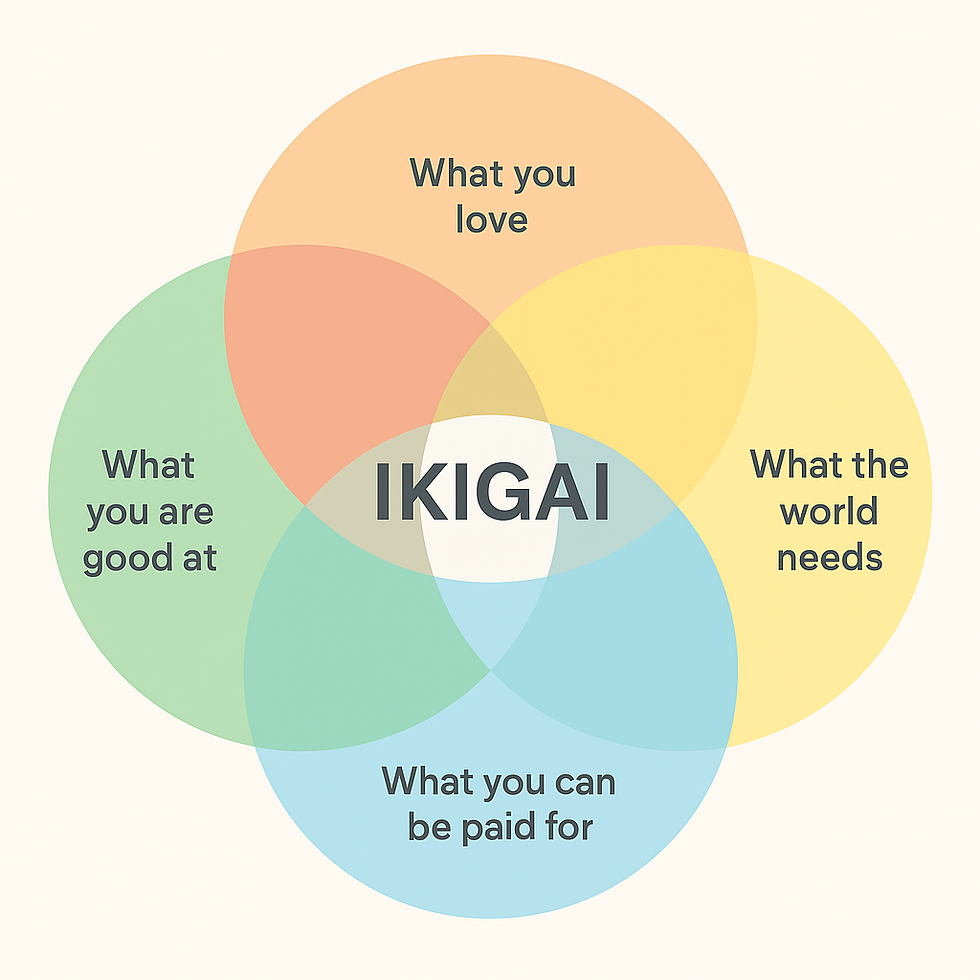Understanding Creativity: Science, Myths, and Ways to Nurture It
- Rajesh A. M., IFS

- Aug 12
- 3 min read
Updated: Aug 21

Creativity is one of humanity’s most fascinating and powerful abilities, driving breakthroughs in arts, music, literature, mathematics, science, and technology. From life-changing inventions to breathtaking works of art, creativity fuels progress and innovation. Yet, despite centuries of curiosity, the science behind creativity is still not fully understood. Is it genetic? Can it be trained? Is it triggered by spiritual experiences or even supernatural events? While research has explored factors like brain function, environment, and lifestyle, there is still no single formula for unlocking creative genius. What we do know is that healthy brain development, the right environment, and lifelong learning can significantly boost our creative potential.
What Contributes to Creativity?
Over time, researchers, philosophers, and artists have proposed intriguing theories:
Alcohol and Creativity – One study suggests that a blood alcohol concentration of 0.075% can boost creative thinking. Entrepreneurs in Denmark even created a beer designed to help drinkers reach this “sweet spot” for creativity.
State of Mind – Fatigue, boredom, and even what Plato called divine madness have been linked to bursts of creativity. Composer Tchaikovsky believed that a cool head and strong technical knowledge were key ingredients.
Unexplained Brain Phenomena – Conditions like Foreign Accent Syndrome (FAS) show how mysterious the brain can be. In rare cases, people wake up from headaches or accidents speaking in a completely different accent. Similarly, “Sudden Savant Syndrome” reveals extraordinary creative or intellectual abilities after a brain injury, such as a lightning strike or stroke.
When the Brain Unlocks Hidden Talents
Remarkable cases of sudden genius have fascinated scientists:
Tony Cicoria, an orthopedic surgeon, was struck by lightning and soon developed an intense passion for playing piano.
Jon Sarkin, a chiropractor, became a renowned painter after suffering a stroke.These examples suggest that we might all have dormant skills waiting to be unlocked—sometimes by accident, sometimes through intentional training and stimulation.

Nurturing Creativity in Society
If creativity can be influenced by environment and experience, then society has a role to play in developing it from an early age. Steps to encourage creativity include:
Early Education – Government-run play schools and pre-schools can serve as a foundation for creative thinking.
Balanced Curriculum – Schools should integrate practical courses on creativity, invention, and innovation alongside academic learning.
Community Involvement – Organizing Festivals of Creativity at subdivision, district, and state levels, open to all age groups, can showcase and reward original ideas.
Local Solutions Competitions – Encouraging “local solutions to local challenges” involving students, teachers, and community members can inspire practical innovation.
Industry-School Interaction – Monthly visits by experts from public and private sectors to schools can spark curiosity and ambition among students.
The Bigger Picture: Creativity and National Growth
The human brain is one of the most powerful and mysterious tools on Earth. Unfortunately, much of today’s science and technology investment is focused on market-ready products, not fundamental research into how creativity works. If we want to avoid a creativity crisis and become a net exporter of ideas, we must create an ecosystem where original thinking is valued, nurtured, and rewarded.
Healthy brain development, better nutrition for expecting mothers, early exposure to creativity-friendly environments, and an educational system that values imagination as much as information—these are the pillars of a truly innovative society.







Comments